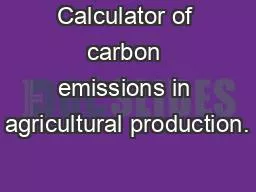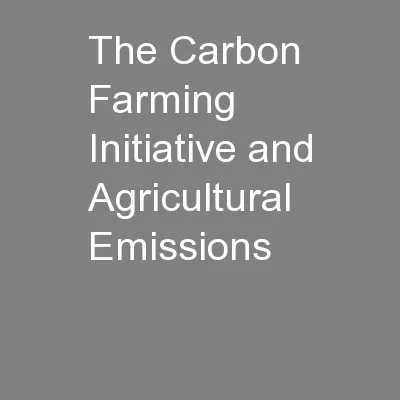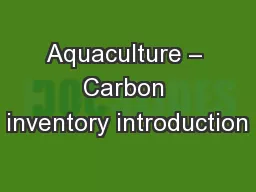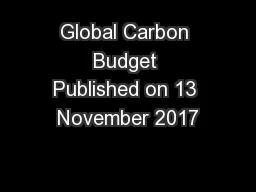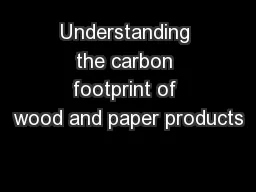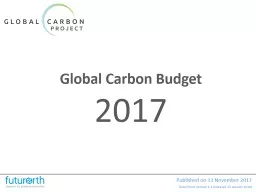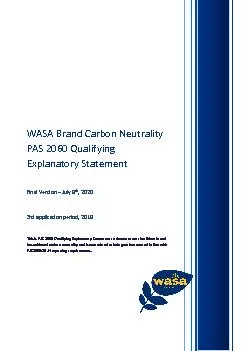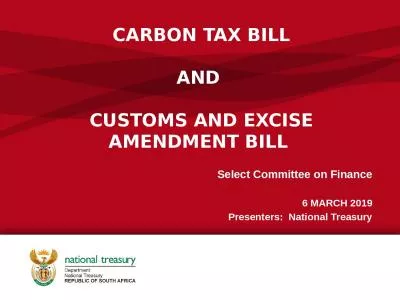PPT-Calculator of carbon emissions in agricultural production.
Author : jideborn | Published Date : 2020-06-30
How and why to use it Miguel Ángel Taboada PhD INTACIRN Institute of Soils CONICET What is a carbon calculator and what is it for The Carbon Footprint is calculated
Presentation Embed Code
Download Presentation
Download Presentation The PPT/PDF document "Calculator of carbon emissions in agricu..." is the property of its rightful owner. Permission is granted to download and print the materials on this website for personal, non-commercial use only, and to display it on your personal computer provided you do not modify the materials and that you retain all copyright notices contained in the materials. By downloading content from our website, you accept the terms of this agreement.
Calculator of carbon emissions in agricultural production.: Transcript
Download Rules Of Document
"Calculator of carbon emissions in agricultural production."The content belongs to its owner. You may download and print it for personal use, without modification, and keep all copyright notices. By downloading, you agree to these terms.
Related Documents

